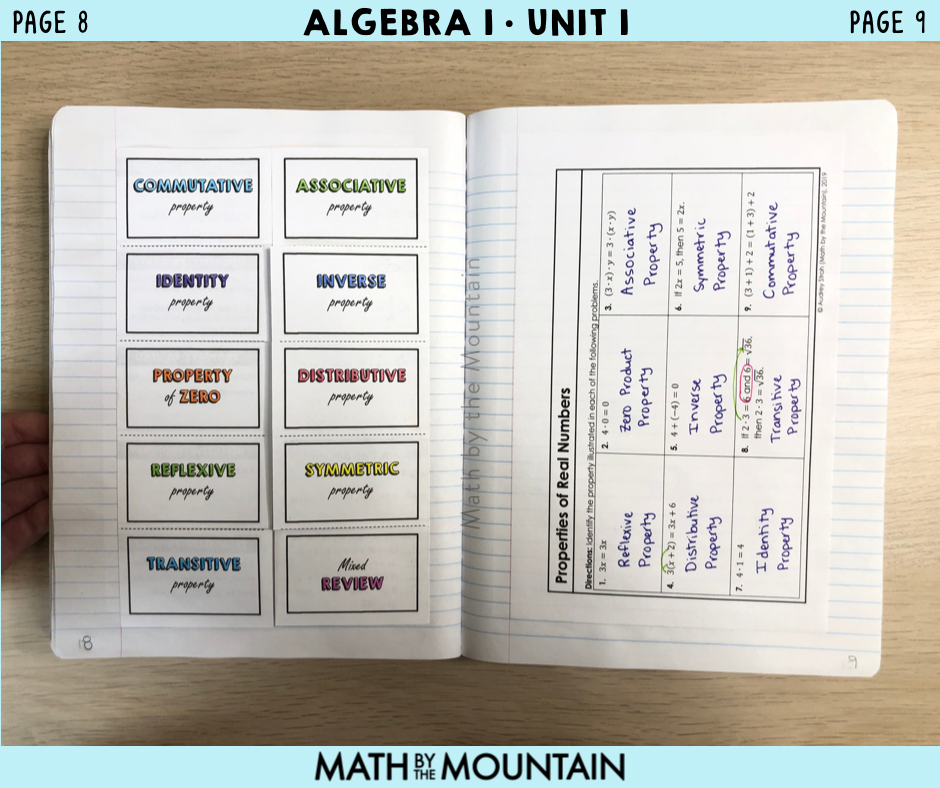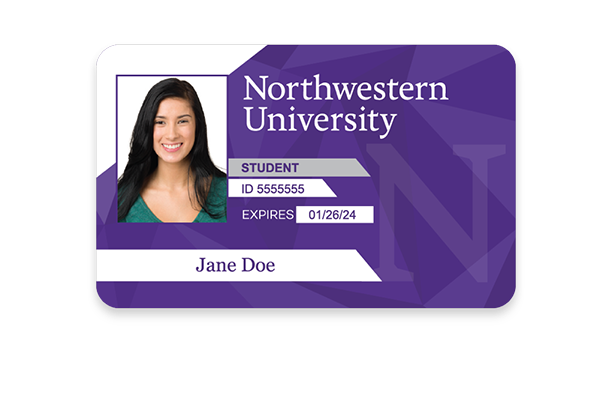
We'll be discussing prime factorization and how it affects factor trees in this article. We will also examine common prime factors, and other problems that can be attributed to factor tree. We'll also be explaining the DIE icon and how to use. Finally, we'll discuss how to generate your own examples.
Prime factorization
Factor trees can help you find the prime factors of any number. These trees are composed of successive factor pairs that form branches. The number is written at the end as the product the prime factors. Factor trees do not contain the number one, as is the case with factor lists.

Prime factorization calculator
Prime factorization calculators can help you determine the prime factors of any number. These calculators can be used to create a composite number. These prime numbers will be highlighted in a different color. Each prime number will be highlighted in a different color to indicate its exponent.
Common prime elements in factor trees
Factor trees can be used to find the greatest common factor between two numbers. This is also known as prime factorization. It involves finding all the prime elements of a number and then identifying the common factor. The common elements are then multiplied using the other number in order to determine the GCF.
Problems with factor trees
Factor trees are a form of math problem in which a number and its factor are placed into a tree with branches or leaves. These numbers are called "prime factors". A prime number is generally a multiple on three, while a whole is the product two prime factors.
Use factor trees to determine GCF
To find the GCF of a given number, we must construct a factor tree. A factor tree consists of a set of numbers sharing the same prime element. The GCF is obtained when the prime factors of more than one number must be divided equally. We can do this by making a list of prime factors.

LCM - Finding it
The first step to finding LCM factor trees is to determine the prime factorization of any given number. Prime factors are numbers that can be divided evenly into at least one of the other numbers. Once you have determined the prime factorization of a given number, you will need to calculate the LCM.
FAQ
How much does homeschooling cost?
Homeschooling is free. There are no set fees. Some families charge between $0-$20 per lesson. Other families offer no-cost services.
Homeschooling takes dedication and commitment. Parents must have enough time to devote to their children.
Access to books, materials, and other learning aids is essential. Many homeschoolers have to make use of community programs and events in order to enhance their curriculum.
Parents must think about the cost of transport, tutoring, and other extracurricular activities.
Homeschoolers also need to plan for field trips, vacations and special occasions.
How do you get scholarships?
Scholarships are grants to help with college expenses. There are many types and types of scholarships. There are many types of scholarships available.
-
Federal Grants
-
State Grants
-
Student Loans
-
Work Study Programs
-
Financial Aid
Federal grants come directly from the U.S. government. Federal grants are subject to certain conditions. To demonstrate financial need, applicants must meet certain requirements.
State grants can be offered by the individual states. Some states offer state grants based only on financial need. Other states award money for specific reasons.
Banks and other lending institutions can issue student loans. Students are often able to borrow money for expenses such as tuition or living expenses.
Work-study programs encourage employers to hire qualified student workers. Employers must pay their employees at least the minimum wage.
Financial aid can help families with low incomes afford college by covering all or part of tuition costs.
What is the purpose or education of schooling?
Education should be able to help students acquire the skills needed for employment. It is not only an academic pursuit, but also a social activity in which children can learn from each other and gain confidence through participating in sports, music, or art. Learning to think creatively and critically is a key part of education. This allows students to be self-reliant, independent, and confident. What does it take to achieve high educational standards
Good educational standards are those which ensure that all pupils achieve their potential. They give teachers a clear vision of the goals they want to achieve with their pupils. Schools can adapt to changing educational needs if they have good educational standards. Equal opportunity for all children, regardless of background, must be provided.
Statistics
- Think of the rhetorical power of nineteenth-century abolitionist Harriet Beecher Stowe, Martin Luther King, Jr., or Occupy Wall Street activists with their rallying cry of “we are the 99 percent.” (bostonreview.net)
- Data from the Department of Education reveal that, among 2008 college graduates, 92.8 percent of humanities majors have voted at least once since finishing school. (bostonreview.net)
- “Children of homeowners are 116% more likely to graduate from college than children of renters of the same age, race, and income. (habitatbroward.org)
- They are more likely to graduate high school (25%) and finish college (116%). (habitatbroward.org)
- Globally, in 2008, around 89% of children aged six to twelve were enrolled in primary education, and this proportion was rising. (en.wikipedia.org)
External Links
How To
Where can I learn to become a teacher
Teaching jobs are available in public elementary schools, private elementary schools, public middle schools, private middle schools, public secondary schools, private secondary schools, charter schools, private and parochial (Catholic) schools, public and private (non-religious) daycare centers, and other settings.
A bachelor's degree is required to become a teacher.
-
A four-year college/university
-
Associate's degree program
-
Some two-year community college programs
-
The combination of these types of programs
State requirements are required to qualify for teaching certification. These requirements include passing standardized tests, and completing a probationary phase of work experience.
Most states require that candidates pass the Praxis II exam. This test measures the candidate's knowledge of reading, writing, mathematics, and language arts.
Many states require that candidates obtain a specialized license in order to be certified to teach.
These licenses will be issued by the boards of education in each state.
Some states grant licenses automatically without additional testing. To determine if your state has granted licenses without additional testing, you should contact the board in your state.
Some states don’t issue licenses until the applicant has completed a master’s degree program.
Other states allow individuals to apply directly to the state board of education for licensure.
There are many licenses available. They vary in cost, length, and requirements.
You might find that certain states only require you to have a highschool diploma. Others require you to have a bachelor's.
Some states have specific requirements for training, such a literacy or child-development course.
Some states require applicants to hold a master's in order for them to be licensed.
Many states ask teachers who are applying for certification about their employment history.
If you were a member of another profession, it might be a good idea to mention this on your application.
However, most states will accept your prior work experience no matter what type of job you held.
You might wish to list the title of your last job, the position you held, and the years of service.
This information is often helpful to potential employers.
This shows that you have the relevant skills and experience.
You might have acquired valuable work experience or learned new skills while working.
This can be displayed on your resume to future employers.